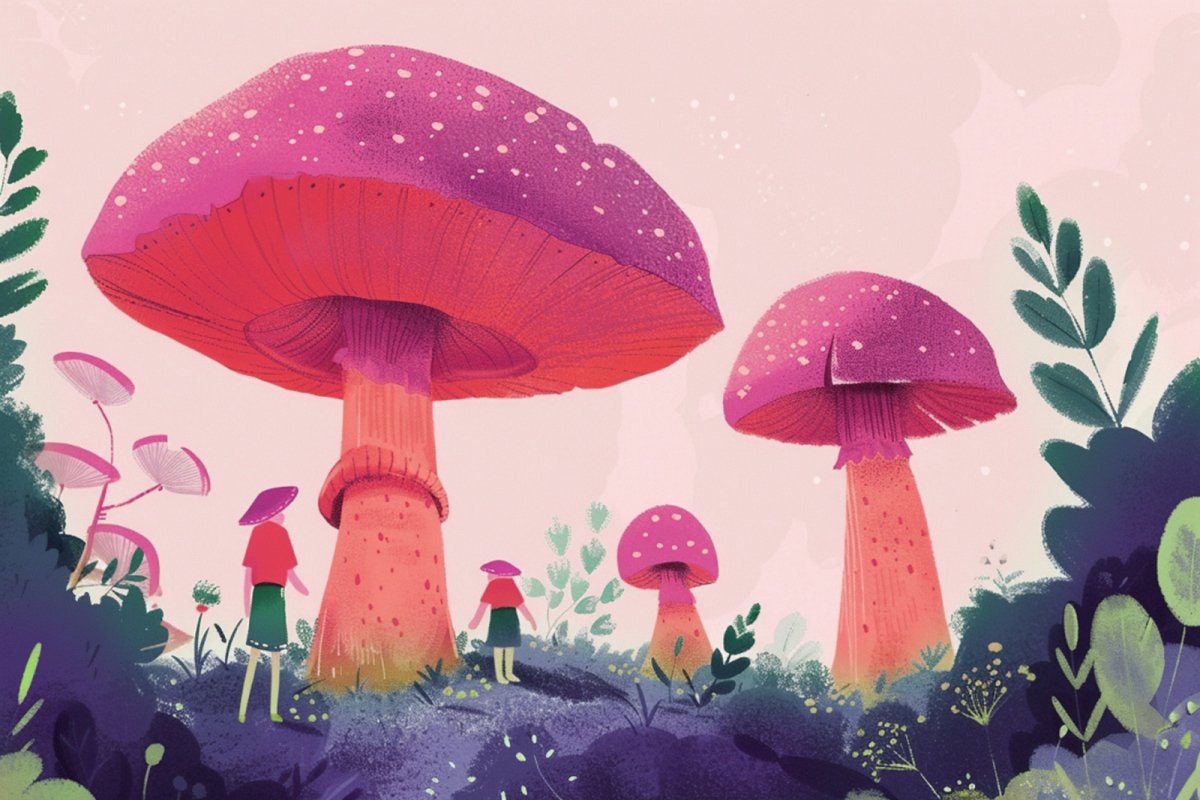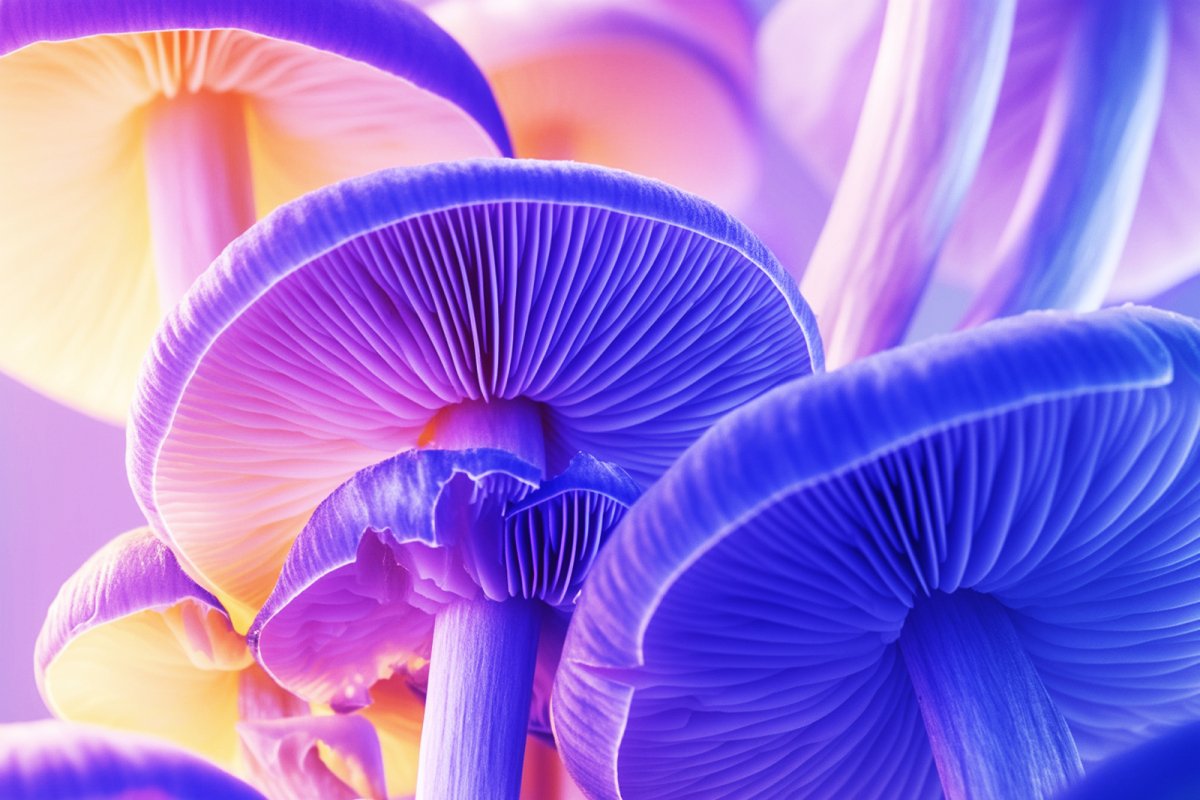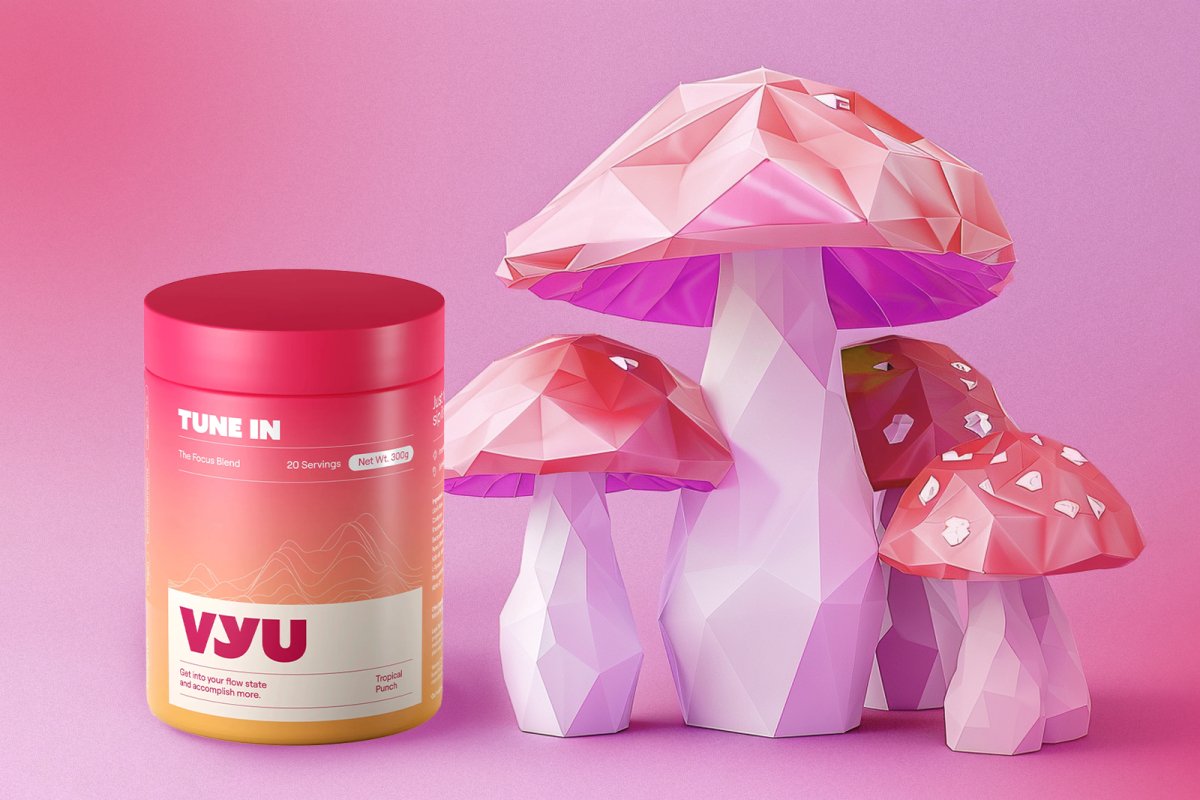

Easiest Mushrooms to Grow
Published:
Updated:
Despite the increase in mushrooms popularity, its not common to see people who actually decide to grow their own mushrooms at home. Be it for lack of information or budget, growing mushrooms at home is still seen as a laborious and sometimes expensive task.
If thats your case, you came to the right place. Heres everything you need to know about growing mushrooms at home easily and without breaking the bank.
Key Takeaways
- Growing mushrooms at home offers a beginner-friendly and cost-efficient gardening option that requires minimal space and provides nutritious and economical crops.
- Understanding the anatomy of mushrooms involves recognizing the fruiting body as the visible part responsible for reproduction and the mycelium as the essential structure beneath the soil.
- To start growing mushrooms, acquiring mycelial culture or spawn is necessary, and selecting the right substrate, such as compost or wood bark, plays a crucial role in successful cultivation.
Why You Should Grow Mushrooms
Whether youve been gardening for many years or the idea of growing something on your own is entirely new to you, chances are you have not spent a lot of time considering the thought of growing mushrooms.
While mushrooms are a far less popular at-home gardening choice than most vegetables or flowering plants, thats mostly down to the lack of documentation on the subject.
Mushrooms are neither plant nor animal, and the sheer foreignness of their appearance and biology puts many people off from the idea of harvesting them yourself.
In truth, mushrooms offer nearly everything you could ask for from a beginner-friendly crop! Theyre easy to handle, grow and reproduce quickly, need very little in terms of space, and they can be incredibly healthy and nutritious as well!
To top it off, most fungi are quite economical to grow.
Mushroom Growing 101
If you are curious about growing mushrooms yourself, read on! This section of our guide deals with all the basic things you need to know to achieve your first successful mushroom harvest.
You can also take a look at the video below, which goes over some basic techniques in mushroom growing and harvesting:
Lets go over some basic terminology that you need to know if youre new to the field of growing mushrooms!
What is Mycelium?
First, we need to understand a bit more about the anatomy of a mushroom. Like plants, mushrooms are made up of a few individual parts that grow both above and below the ground.
The part of the mushroom visible to us in nature is called the fruiting body this is what most people refer to when they say mushroom, and its where all the nutritious goodies of the fungus are contained. The fruiting body is involved in reproduction, and it only grows during one specific segment of the mushrooms life cycle.
However, there is also the mycelium, which is a network of white, fiber-like strands that grow beneath the soil. Its the closest thing fungi have to the root systems of the plant kingdom, though the mycelial structure tends to be a lot more structurally complex.
This is because, unlike plants, most of the mushrooms essential functions are found within the mycelium. It would be more accurate to say that mushrooms are mycelial cultures that reproduce through fruiting bodies.
If you want to start growing mushrooms yourself at home, one of the most likely places to start would be buying a small sample of mycelial culture for the mushroom you want to try out.
Mycelial cultures are often referred to as test-tube cultures or similar names. This reflects the fact that theyre usually synthesized in a lab to ensure the purity and quality of the material.
Mushroom Spawn
Spawn is to a mushroom what seeds are to a plant. In simple terms, its a patch of mycelium that has already begun to grow on a kind of base that we call a substrate. Growing mushrooms from spawn is best for beginners as it ensures easy and quick results.
But you can also add spawn to a mycelial culture you grew yourself (as long as its the same species, of course) this can help your fungus by giving it a slight boost in terms of growth.
Substrates
We mentioned substrates above, but what exactly do you need to know about them? Lets take a look.
A substrate is an organic base that we use to plant our mycelial colony. Think of it as the soil of the mushroom. However, unlike plants, mushrooms dont just grow out of the earth given the right weather conditions, temperature, and humidity.
They need specific tissue to grow in a speedy and healthy manner for example, many mushrooms prefer wood bark or particular mixtures of compost.
You will have to research the best practice depending on your choice of mushroom, but be aware in any case that the choice of substrate can easily make or break the whole mushroom growing experience.
Compost
If you choose to use compost as a substrate, be aware that most mushrooms have relatively strict requirements for its consistency compared to what you might be used to from other gardening projects.
Generally, you will want to harvest the compost a bit earlier than what would make sense under normal circumstances. Before introducing it to the mycelium, treat it with high heat to eliminate any organisms that could harm the mushrooms growth.
This process aims to maximize the concentration of a type of bacteria called actinomycetes known in gardening for contributing to soil quality in many unique ways. Your mushrooms will also be very grateful to have these tiny organisms supporting the mycelium.
Benefits of Growing Mushrooms
On top of everything we have touched on so far, here are some key takeaways on why mushrooms are such a great option for your gardening project.
Very At-Home Friendly
Unlike plants, mushrooms grow much more readily and easily indoors than outdoors! This is because you can fine-tune your environment with much greater precision than what mushrooms are used to in the wild. Under normal at-home conditions, mushrooms can start sprouting fruiting bodies within a few weeks, whereas the same process can take years in nature.
Mushrooms also need only minimal amounts of space to be grown at large volumes, making them perfect for those who dont have much or any outdoor gardening space!
Profitable
Heres one trade secret you wish you knew earlier: mushrooms are some of the most lucrative crops you can grow. Its true!
Once your mushroom setup has reached its fruiting stage, it is very feasible even for a beginner to harvest tens of pounds (5-10 kg) worth of fresh mushrooms every week!
This, combined with the low average costs necessary to cultivate them, makes mushrooms an extremely cost-efficient proposition for anyone regardless of experience level.
Easy to Handle
This should be by far the biggest draw for inexperienced farmers in particular. Though there is a lot that goes into growing mushrooms yourself and a ton of confusing terminology to acquaint yourself with, generally speaking, there is much less you can do wrong than you might think.
Mushrooms are tough, and they can withstand harsh environments much harsher than what any guidebook will recommend, and much harsher than what youre likely to end up with even if you do make a rookie mistake here or there.
Easiest Mushrooms to Grow
So, now that you know the basics of growing mushrooms at home, the question arises: where to start? We have compiled a short list of the top mushroom species suitable for beginners, so you can begin your mushroom growing adventure right away with as few headaches as possible.
Oyster Mushrooms
The oyster mushroom has long been the number one recommendation for those new to growing mushrooms, and for a good reason. It survives within a large gamut of temperatures and environmental conditions, grows quickly, and comes in many pretty colors!
While there are many types of oyster mushrooms, they tend to be handled similarly in practice and dont require much care to grow well. In the wild, oyster mushrooms are often found growing out of the bark of dead trees, but they can thrive on nearly any kind of substrate.
One of the most cost-effective examples, and a beloved choice among beginners, in particular, are coffee grounds!
Shiitake Mushrooms
One of the most popular edible mushrooms globally, shiitake mushrooms are also known for their use as traditional medicine in many East Asian cultures. Delicious and easy to grow, you really cant go wrong with a crop of shiitake.
The shiitake mushroom prefers very high humidity areas, so remember to either mist or water very frequently to ensure healthy growth!
Wine Cap Mushrooms
If you have an outdoor space available that you would like to use for growing mushrooms yourself, the wine cap mushroom is a safe bet. Unlike most others on this list, the wine cap prefers to grow out of the ground instead of on wooden logs or bark.
All it needs to thrive is a bit of high-quality soil and a composted substrate usually consisting of wood chips, sawdust, and some biomass from your garden.
Wine cap mushrooms are known for being extremely eager growers, so you will have no problems quickly cultivating a crop of appreciable size, even in smaller environments.
Pioppino Mushrooms
Native to the Mediterranean, these mushrooms have made a name for themselves in the world of fine dining thanks to their unique texture and taste. Theyre also an excellent choice for growing at home!
Indoors, you can grow them on a pasteurized straw or wood chip substrate, but they are also easy to manage this way outdoors.
Just take note that the Pioppino prefers both milder temperatures (around 15 degrees Celsius is optimal) as well as high humidity. For many, this combination might be a bit tricky to achieve indoors, which is why most prefer to grow this type of mushroom in small garden patches outside.
Lions Mane Mushrooms
Like shiitake, the lions mane mushroom has been known for centuries for its healing properties and represents a cornerstone of Traditional Chinese Medicine. It is easy to identify based on its unique appearance, growing in the form of balls or puffs of dense strands that, with a little bit of imagination, do indeed hint at a fluffy lions mane.
The lions mane does not grow as fast as others on this list, which can be either a burden or a benefit depending on your particular taste and expectations. If you are aiming for fast growth, then it is possible to spur on the lions mane a bit by inoculating your substrate with a bit of fresh spawn.
VYU Blog Disclaimer
The information provided on the VYU blog is intended solely for informational and entertainment purposes. It should not be used as a substitute for professional medical advice, diagnosis, or treatment.
Always seek the advice of your physician or other qualified health provider with any questions you may have regarding a medical condition or treatment and before undertaking a new healthcare regimen. Never disregard professional medical advice or delay in seeking it because of something you have read on this website.
For more information, check out our FAQs and contact page.
Blog posts
-

Host Defense vs. Om Mushrooms vs. VYU
Compare Host Defense, Om Mushrooms, and VYU for your health journey. Find out which offers the best blend of taste and benefits. Elevate your wellness today! -

Genius Mushrooms vs. Om Mushroom vs. VYU
Learn why VYU is the superior choice for functional beverages, offering exceptional taste and health benefits to boost your mental performance -

Om Mushrooms vs. Four Sigmatic vs. VYU
Compare Om Mushrooms, Four Sigmatic, and VYU for your health journey. Choose the ideal beverage to boost your wellness today!
Sign up to our productivity newsletter
and get 10% off your first order.



